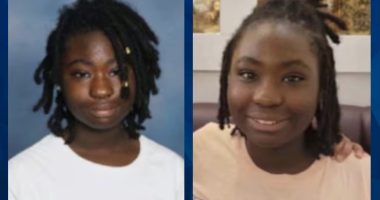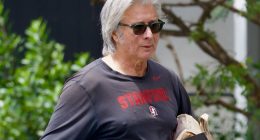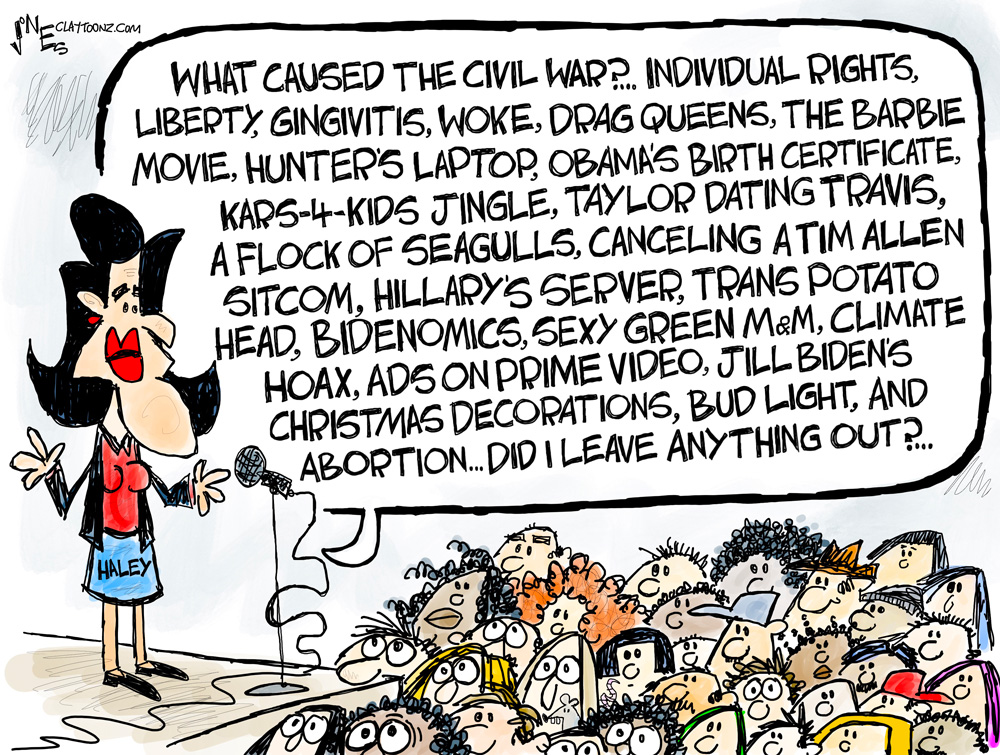
To include your event in the Briefing and Live Calendar, please fill out this form.
Weather: Mostly cloudy in the morning, then clearing. Highs in the upper 50s. West winds 5 to 10 mph. Saturday Night: Clear. Lows in the upper 30s. West winds around 5 mph. See the daily weather briefing from the National Weather Service in Jacksonville here.
Today at a Glance:
The Cold-Weather Shelter known as the Sheltering Tree will open tonight: The shelter opens at Church on the Rock at 2200 North State Street in Bunnell as the overnight temperature is expected to fall to 40 or below. It will open from 5 p.m. to 8 a.m. The shelter is open to the homeless and to the nearly-homeless: anyone who is struggling to pay a utility bill or lacks heat or shelter and needs a safe, secure place for the night. The shelter will serve dinner and breakfast. Call 386-437-3258, extension 105 for more information. Flagler County Transportation offers free bus rides from pick up points in the county, starting at 3 p.m., at the following locations and times:
- Dollar General at Publix Town Center, 3:30 p.m.
- Near the McDonald’s at Old Kings Road South and State Road 100, 4 p.m.
- Dollar Tree by Carrabba’s and Walmart, 4:30 p.m.
- Palm Coast Main Branch Library, 4:45 p.m.
Also: - Dollar General at County Road 305 and Canal Avenue in Daytona North, 4 p.m.
- Bunnell Free Clinic, 4:30 p.m.
- First United Methodist Church in Bunnell, 4:30 p.m.
The shelter is run by volunteers of the Sheltering Tree, a non-profit under the umbrella of the Flagler County Family Assistance Center, is a non-denominational civic organization. The Sheltering Tree is in need of donations. See the most needed items here, and to contribute cash, donate here or go to the Donate button at this page.
Memorial Service for T.J. Schultz: A memorial service is scheduled for 10:30 a.m. for T.J. Schultz, the 17-year-old Palm Coast resident and Matanzas High School student who died in a car crash on Dec. 23. At St. Elizabeth Ann Seton Catholic Church, 4600 Belle Terre Pkwy, Palm Coast.
 The Bach Festival Continues: The annual Bach Festival on WKCR runs uninterrupted, commercial free, 24 hours a day, until Dec. 31 at 11:59 p.m. It is accessible online here. No app, no hassles. Just click on “Listen.” WKCR is the radio station of Columbia University. It has been producing the Bach festival since 1980, with students and guests hosting. And if 170 hours aren’t enough, the 89th Annual Bach Festival at Rollins College (it’s been going strong since 1935) begins February 2 and runs through March 3, under the artistic direction of John V. Sinclair. Concerts will include performances by the 160-voice Bach Festival Choir and Orchestra, and guest soloists. It’s presented by the Bach Festival Society of Winter Park. See every concert here, with some of them free and open to the public, but you must reserve ahead of time. See: “Putting Bach Back in Christmas.”
The Bach Festival Continues: The annual Bach Festival on WKCR runs uninterrupted, commercial free, 24 hours a day, until Dec. 31 at 11:59 p.m. It is accessible online here. No app, no hassles. Just click on “Listen.” WKCR is the radio station of Columbia University. It has been producing the Bach festival since 1980, with students and guests hosting. And if 170 hours aren’t enough, the 89th Annual Bach Festival at Rollins College (it’s been going strong since 1935) begins February 2 and runs through March 3, under the artistic direction of John V. Sinclair. Concerts will include performances by the 160-voice Bach Festival Choir and Orchestra, and guest soloists. It’s presented by the Bach Festival Society of Winter Park. See every concert here, with some of them free and open to the public, but you must reserve ahead of time. See: “Putting Bach Back in Christmas.”
Rotary’s Fantasy Lights Festival in Palm Coast’s Town Center: Nightly from 6 to 9 p.m. at Palm Coast’s Central Park, with 55 lighted displays you can enjoy with a leisurely stroll around the pond in the park. Admission to Fantasy Lights is free, but donations to support Rotary’s service work are gladly accepted. Holiday music will pipe through the speaker system throughout the park, Santa’s Village, which has several elf houses for the kids to explore, will be open, with Santa’s Merry Train Ride nightly (weather permitting), and Santa will be there every Sunday night until Christmas, plus snow on weekends! On certain nights, live musical performances will be held on the stage.
In Coming Days:
New Year’s Eve in Flagler Beach: The Flagler Beach Mayor and City Commissioners invite residents and visitors to celebrate the start of 2024. The night’s events will begin at 8:00 PM at Veterans Park (corner of Moody Boulevard/State Route 100 and Oceanshore Boulevard (State Route A1A), with music and entertainment provided by “The Sound of the Surf- 97.3 FM.” An oversized illuminated surfboard (fabricated by Tango) will be lowered to mark the stroke of midnight, followed immediately by a fireworks display (My Three Sons Fireworks Company) launched from the Flagler Beach Pier. Many Flagler Beach restaurants and businesses will be open late that evening to welcome visitors and the new year! Come celebrate New Year’s Eve 2023 in Flagler Beach!
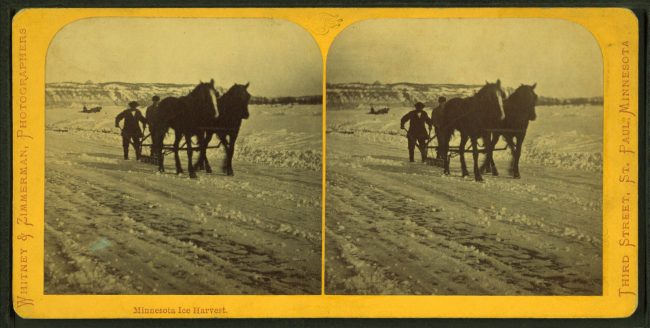
Notably: Daniel Boorstin in his wonderful The Americans trilogy devotes a good half dozen pages to the ice-harvesting industry of the northern states–how it was cut out of New England ponds with parallel, saw-toothed iron runners 20 inches apart, pulled by horses, creating grooves that were deepened with run after run, then the process was repeated at right angles, creating a checkerboard of squares that men then pried out with crowbars, floating them in a canal or channel in identical cubes. The ice king was Frederick Tudor of Boston, working with Nathaniel Jarvis Wyeth, who had inherited ponds around Cambridge that were perfect ice factories. Thoreau in his journal describes the scene: “A hundred Irishmen, with Yankee overseers, came from Cambridge every day to get out the ice. They divided it into cakes by [Wyeth’s] methods too well known to require description, and these, being sledded to the shore, were rapidly hauled off on to an ice platform, and raised by grappling irons and block and tackle, worked by horses, on to a stack, as surely as so many barrels of flour, and there placed evenly side by side, and row upon row, as if they formed the solid base of an obelisk designed to pierce the clouds. They told me that in a good day they could get out a thousand tons, which was the yield of about one acre. . . . They told me that they had some in the ice-houses at Fresh Pond five years old which was as good as ever. . . . the sweltering inhabitants of Charleston and New Orleans, of Madras and Bombay and Calcutta, drink at my well. … The pure Walden water is mingled with the sacred water of the Ganges.” He wasn’t kidding about Calcutta and the tropics. Tudor developed a system to stack, store, then ship the ice to tropical zones, with his “most spectacular experiment” in 1833, when he shipped off 180 tons of ice to Calcutta: it worked, he made a lot of money and created a trade route for ice, which led to the British East Indies’ people–those who could afford them–building ice depots and household refrigerators of the times. He also shipped well preserved apples, butter and cheese. But he wasn’t the inventor of all this, as Boortsin would lead you to believe. There’s a wonderful story told–and there’s no reason for it not to be true–of Saladin offering Richard the Lionheart, during the third crusade, when the Lionheart was trying to demolish Saladin’s army and vice versa (though those two had a side bromance going), “snow water” brought down from the mountains of Lebanon, where snows could linger into summer. Snow water was a big commodity in Constantinople, apparently not just for the rich, and when Turks took over, janissaries drank it every day as pachas became ice-trading Tudors before Tudor was a glimmer in an ice chip. Rome in the late middle ages and early Renaissance developed a monopoly of the trade, while a Venetian, traveling on the coast of the Levant in 1553, marveled at how the locals spread snow on their food “like we spread sugar.” And now we stand in front of the fridge and so unromantically plunk a glass in the dispenser, push a lever, and hear the clatter of ice fall in, followed by chilled water. It’s worth thinking back to those Thoreauean days to appreciate what we have: it’s a daily miracle, when you think about it. One of so many surrounding us in our own homes at all times. Those miracles, I believe in.
Read Related Also: The Hottest Celebrity Summer Flings Ever
—P.T.
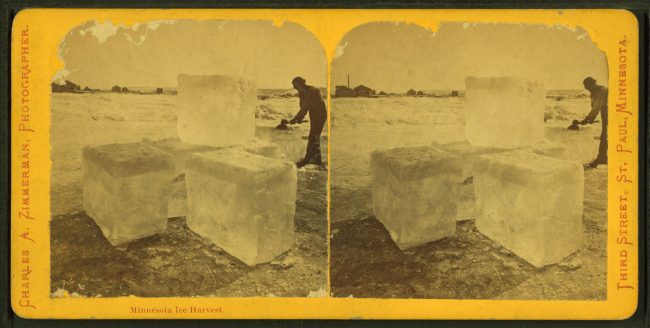
Now this: (The fifth movement especially)
![]()
The Live Calendar is a compendium of local and regional political, civic and cultural events. You can input your own calendar events directly onto the site as you wish them to appear (pending approval of course). To include your event in the Live Calendar, please fill out this form.
For the full calendar, go here.
![]()

A neighborhood overrun with cats is a spectacle of contradictions. Our sympathy for animals has created a situation that’s terrible for animals. Cats are considered creatures of the natural world but also members of the family. (If a child had a penchant for disembowelling wildlife, would his parents shrug and say it’s just his nature?) Human progress is the argument for reforming the shelters, while long tradition is the argument for leaving cats outdoors. The people who feed feral cats are owners who don’t own them, and No Kill doesn’t mean no killing. At the root of the contradictions are difficult choices that haven’t been made. Both cats and nature pay the price.
–From Jonathan Franzen’s “How the “No Kill” Movement Betrays Its Name,” The New Yorker, Dec. 25, 2023.
The Cartoon and Live Briefing Archive.


